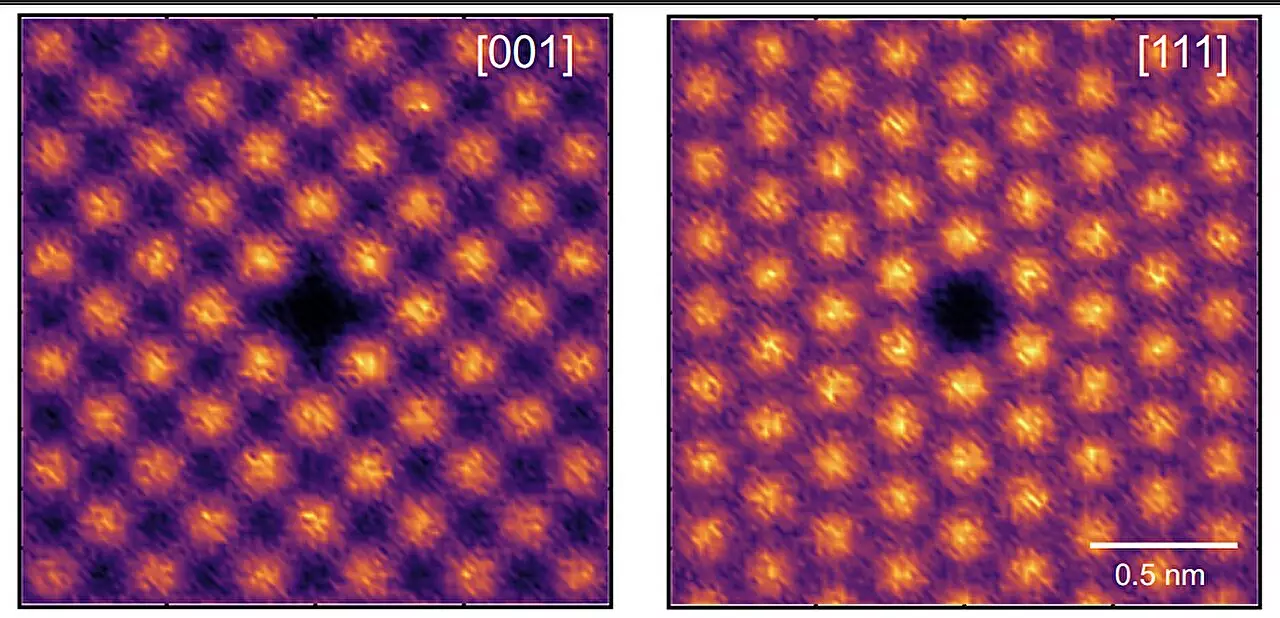In an era of rapid technological advancements, the ability to manipulate materials at the atomic level is becoming increasingly essential. A transformative new microscopy method, unveiled by researchers at the University of Sydney, has emerged as a game-changer. This pioneering approach allows scientists to discern subtle shifts in the atomic structure of crystalline materials—an area previously shrouded in complexity and difficulty. Such insights hold the promise of reshaping everything from advanced aerospace alloys to the next generation of semiconductors, paving the way for lighter, stronger, and more efficient products across various industries.
Furthering the Understanding of Material Properties
This breakthrough research, highlighted in a recent publication in Nature Materials, propels forward our understanding of material properties by focusing on the concept of short-range order (SRO). SRO refers to the localized arrangement of atoms within a crystal lattice, which profoundly impacts the material’s electronic, mechanical, and thermal behavior. This level of understanding is analogous to cracking the code of a material’s “genome,” an understanding that is critical for the custom design of materials with specific properties tailored to meet demanding applications like aerospace and electronics.
Professor Simon Ringer, the study’s lead researcher and a distinguished materials engineer, emphasizes the game-changing nature of their findings: “By quantifying atomic relationships within a crystal, we are opening the door to entirely new material configurations.” This quote encapsulates the essence of the research—moving beyond traditional structural considerations into the nuanced realm of atomic interactions.
Atom Probe Tomography: A Tool for the Future
Central to this research is the sophisticated technique of atom probe tomography (APT), a powerful imaging tool that enables researchers to visualize and measure the atoms within materials in three-dimensional space. This capability transcends the limitations of conventional microscopy, thus granting unprecedented access to the elusive short-range order. Professor Ringer and his team have innovatively navigated the challenges often associated with SRO, illustrating that atomic arrangements can be meticulously quantified, even in the most complex multicomponent alloys.
Among these alloys, high entropy alloys stand out for their promising applications in extreme environments, such as jet engines and nuclear reactors. These environments demand materials with exceptional heat and radiation resistance, which ties directly back to the precise atomic configurations that the new microscopy method can reveal.
Unlocking the Potential for Change
The implications of this research extend well beyond theoretical science. The findings provide a vital blueprint that empowers engineers and material scientists to computationally predict materials behavior and performance. This not only enhances the design process but also boosts the efficiency of developing innovative materials. As Dr. Mengwei He, a postdoctoral fellow involved in the study, eloquently puts it, “This knowledge transforms our approach to materials design, highlighting how minute adjustments at the atomic level can precipitate significant enhancements in material performance.”
Furthermore, the research team’s comprehensive sensitivity analysis introduces a reliable framework for evaluating the validity of SRO measurements, thus fostering a more precise and robust understanding of material science. Dr. Andrew Breen, a senior postdoctoral fellow, underscores this advancement, noting that the ability to tune SRO measurements opens up limitless opportunities for further investigations into material properties.
Future Directions and Broader Implications
The path forward is richly laden with potential. As this innovative microscopy technique gains traction within the scientific community, it has the power to catalyze a paradigm shift in how materials are studied and developed. This momentum encourages an influx of new research initiatives focused on customizing materials at the atomic level, which could ultimately lead to enhanced performance benchmarks and sustainability in manufacturing practices.
The challenges are formidable; however, the rewards of unraveling atomic configurations to create innovative, functional materials are too significant to overlook. Dr. Will Davids, who contributed to the project during his doctoral work, captures the essence of this shift by positing that the ability to measure SRO in multicomponent alloys marks an exciting frontier in materials science. It is this collective effort towards pioneering new methodologies that positions researchers to redefine what is possible in areas of engineering and technology and revolutionizes our understanding of how materials behave under various conditions.
The merging of advanced microscopy techniques with cutting-edge material research fundamentally shifts the landscape of material science, providing the analytics necessary to engineer the next generation of performance-enhancing materials for an array of critical applications. This vibrant nexus of research and technology heralds an exciting chapter, illuminating the path to innovative material solutions that resonate across industries.


Leave a Reply